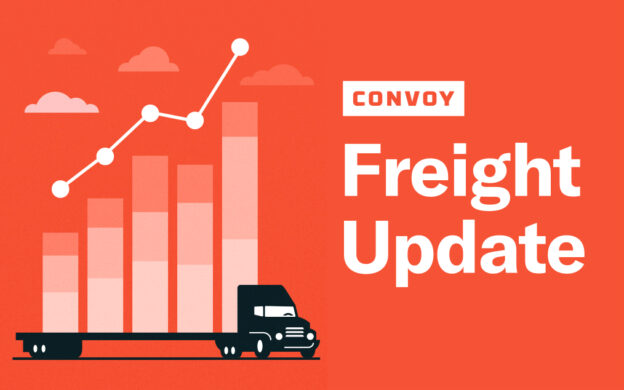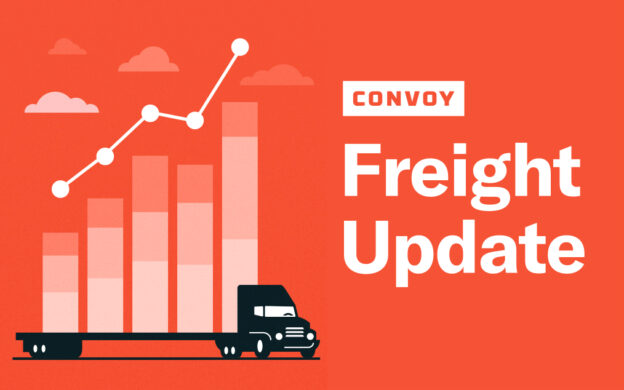Freight Data Reveals Retailers Are Getting Ahead of the Curve
Freight Research • Published on July 16, 2020
If anything, 2020 has reminded us that the world moves quickly.
The U.S. Census Bureau published June Retail Sales data, which combined with Industrial Production data published yesterday by the Federal Reserve Board, provide the official pulse on two critical pillars of the economy — the industrial sector and consumer activity.
Video: July Freight Market Outlook
Supply chain resilience is key to economic recovery
We see both resilience, as well as deep structural challenges ahead. Factory activity rebounded sharply as the economy reopened in June, but remains stuck in second gear. Nondurable goods production posted a strong rebound, confirming our expectation that some of the softness in that category in the May data was related to meat and dairy production outages early in the month. From the retail spending data, it’s clear that consumers were more cautious with their purchases: Total spending (excluding gas) is now above it’s pre-crisis levels and online spending dipped slightly.
But that was June. As we have come to expect over the past few months, the past two weeks feel like a lifetime of difference. July has seen a new surge in COVID-19 infections, and a pause — if not, an outright reversal — of recent progress toward reopening and stabilizing the economy.
Surge demand is rising, but not to March levels
We have known for some time that there would be potholes in the path toward recovery. But it would also be a mistake to assume that we’ll see a replay of what happened in March and April. Data from Convoy’s network show’s a recent surge in demand for trucks to move consumer staples inbound to several hotspot markets such as Texas, but the surge is roughly half the magnitude of what played out in March.
It’s likely that the consumer response to new rounds of infections is more subdued than the initial shock this past spring, but it’s also true that retailers and manufacturers are more prepared than last time. Many are getting ahead of the curve and are stocking stores and warehouses in anticipation of a spike in consumer demand for essentials during outbreaks.
A glimpse at the future freight economy?
Beyond July, the data published over the past two days also provide a window into what the economy will look like as we emerge from this crisis. We’ve known for some time that factory capacity would take a hit from new public health regulations necessary to keep workers safe. But the data published this week allow us to quantify how much of a hit.
As the economy began to find its new footing in June, factory capacity utilization in the most resilient of sectors (such as chemical/pharmaceutical manufacturing, food and beverage manufacturing, and paper product manufacturing) was approximately 2 to 5 percentage points below its recent levels while in the most adversely affected sectors (such as the auto and aerospace industries), capacity utilization has taken a 15 to 20 percentage point hit.
To the extent that June data provides a glimpse into the future, the data released this week suggest that the manufacturing industries that drive truckload demand can be expected to see about a 10 percentage point decline in factory utilization as a result of social distancing rules: Controlling for each industry’s reliance on trucking services, pre-crisis capacity utilization averaged around 77%, but stood at 67% in June.
Our measure of aggregate freight demand — which includes both industrial production and retail sales data, and is re-weighted to reflect the mix of goods carried on trucks — increased from May but remained below where it was a year ago and below where it was before the pandemic signaling a continuation of the freight industry recession that began in late 2018.
The economy is slowly, surely finding its new footing. But the past few weeks have reminded us that progress is not linear and there is no going back to how things used to be.
View our economic commentary disclaimer here.


